Home>Garden Essentials>What Were Some Of The Effects Of Enclosure And Crop Rotation?
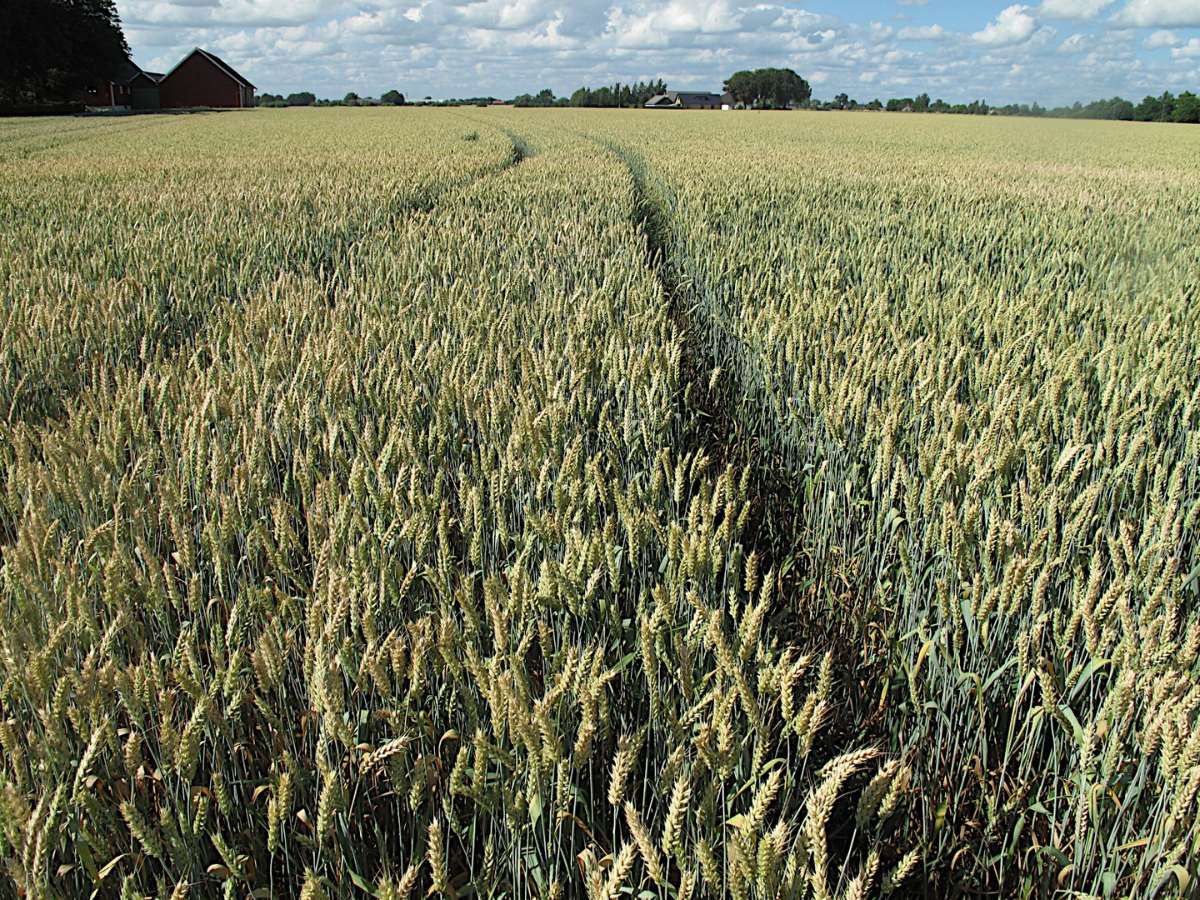

Garden Essentials
What Were Some Of The Effects Of Enclosure And Crop Rotation?
Modified: March 16, 2024
Discover the effects of enclosure and crop rotation on garden productivity and sustainability. Learn how these practices revolutionized agricultural methods.
(Many of the links in this article redirect to a specific reviewed product. Your purchase of these products through affiliate links helps to generate commission for Storables.com, at no extra cost. Learn more)
Introduction
Welcome to the fascinating world of gardens! Whether you are a seasoned gardener or just starting out, there is always something new to discover and learn. In this article, we will delve into two important concepts in gardening: enclosure and crop rotation. Understanding the effects of these practices can significantly improve the health and productivity of your garden.
Gardening has been an essential part of human civilization for centuries. Over time, different techniques and strategies have emerged to optimize the growth of plants and maximize the yield of crops. Two of these techniques, enclosure and crop rotation, have had a profound impact on the history of agriculture and continue to shape the way we approach gardening today.
Enclosure refers to the process of enclosing a piece of land, often by erecting fences or walls, to mark the boundaries and secure the area. This practice gained popularity during the 18th century in Europe, particularly in England. Prior to enclosure, land was often open and unconstrained, with farmers practicing common land sharing. However, the rise of enclosure brought about significant changes to agricultural practices.
Enclosure had both positive and negative effects. On one hand, it allowed for better control and management of land, leading to increased productivity and efficiency. Farmers were able to protect their crops from grazing animals and unwanted intrusions. Enclosed land also facilitated the implementation of new farming techniques and improved methods of irrigation, resulting in higher yields and better quality crops. Furthermore, individual farmers had the freedom to experiment and innovate, leading to advancements in agricultural practices.
However, the process of enclosure also caused several adverse effects. It often led to the displacement of rural communities and small farmers who could not afford the high costs associated with enclosures. Many were forced to leave their ancestral lands, resulting in social unrest and economic disparities. Enclosure also contributed to the consolidation of large agricultural estates, leading to the loss of biodiversity and the decline of traditional farming practices. This transition towards large-scale, profit-oriented agriculture had far-reaching environmental and social consequences.
On the other hand, crop rotation, is the practice of systematically changing the type of crops grown in a specific area over time. This rotation helps replenish the soil, prevent the build-up of pests and diseases, and improves overall crop health. It has been practiced for centuries, with evidence of its use dating back to ancient civilizations.
The effects of crop rotation are numerous and highly beneficial. First and foremost, it helps maintain the fertility of the soil. Different crops have varying nutrient demands, and rotating them ensures that no single nutrient is depleted excessively. Additionally, certain crops have the ability to fix nitrogen in the soil, which enriches the nutrient content and reduces the need for external fertilizers.
Crop rotation also aids in pest and disease management. Some pests and diseases are specific to certain crops, and by rotating crops, their populations can be effectively reduced. Furthermore, rotating crops disrupts the life cycles of pests, making it harder for them to establish and multiply.
Another benefit of crop rotation is weed control. Weeds that thrive on specific crops are naturally suppressed when different crops are grown in their place. This reduces the need for herbicides and manual weed removal, making the gardening process more sustainable and environmentally friendly.
Overall, both enclosure and crop rotation have had significant effects on agriculture. Enclosure, while providing benefits of control and productivity, also resulted in social and environmental consequences. Conversely, crop rotation is a sustainable practice that maintains soil fertility, manages pests and diseases, and promotes healthier crops. By understanding and implementing these practices, gardeners can optimize their gardening efforts and create thriving and sustainable gardens.
Key Takeaways:
- Enclosure in gardening led to better control and productivity, but also caused social displacement and loss of biodiversity, showing the complex impact of land ownership on agriculture and society.
- Crop rotation maintains soil fertility, manages pests, and controls weeds, promoting sustainable and productive gardening while reducing the need for synthetic fertilizers and pesticides.
Read more: What Was Crop Rotation?
Enclosure
In the context of agriculture, enclosure refers to the process of enclosing a piece of land, typically through the construction of fences or walls, to establish clear boundaries and secure the area. This practice gained significant popularity in Europe, particularly in England, during the 18th century. Prior to enclosure, land was often shared and used communally by farmers in a system known as common land ownership.
The rise of enclosure brought about a shift from communal land to individually owned and controlled plots. The motivations behind enclosure varied, but the primary goals were to increase agricultural productivity, facilitate the implementation of new farming techniques, and improve the efficiency of land management.
Enclosure had several positive effects. By marking the boundaries and securing the land, farmers were able to protect their crops from grazing animals and unwanted intrusions. This allowed for greater control over the farming process and increased the chances of a successful harvest. Enclosed land also made it easier for farmers to implement irrigation systems and adopt new farming technologies, such as machinery and improved methods of cultivation.
A key aspect of enclosure was the individual ownership of land. This meant that farmers had the freedom to experiment with different crops and farming practices without the interference or restrictions imposed by communal sharing. Moreover, the enclosure of land encouraged competition and innovation among farmers, leading to advancements in agricultural techniques and increased productivity.
However, the process of enclosure also brought about several negative effects. One of the primary concerns was the displacement of rural communities and small farmers who could not afford the costly process of enclosing their land. Many were forced to leave their ancestral lands, leading to social unrest and economic inequalities. The consolidation of large agricultural estates through enclosure also contributed to the loss of biodiversity and the decline of traditional farming practices, as smaller-scale farmers were unable to compete with the efficiency and scale of large landowners.
Furthermore, enclosure led to the conversion of common lands, woodlands, and meadows into enclosed fields, resulting in the loss of natural habitats and disruption of ecosystems. This transformation ultimately impacted wildlife and various species that relied on these habitats for survival.
In summary, enclosure played a significant role in the history of agriculture. While it brought about improvements in productivity, efficiency, and technological advancements, it also resulted in social displacement, loss of biodiversity, and environmental consequences. Understanding the effects of enclosure helps us appreciate the complex relationship between land ownership, agricultural practices, and their impact on society and the environment.
Effects of Enclosure
The process of enclosure in agriculture had a profound impact on various aspects of society, economy, and the environment. While it brought about certain benefits, it also resulted in significant consequences that shaped the landscape of agriculture for years to come.
One of the notable effects of enclosure was an improvement in agricultural productivity. By enclosing land and establishing clear boundaries, farmers gained better control over their plots. This allowed them to implement more efficient farming techniques, such as systematic crop rotation and improved irrigation systems. As a result, agricultural yields increased, leading to a greater availability of food and resources.
Enclosure also facilitated the adoption of new technologies and machinery in farming practices. With individually owned and clearly demarcated land, farmers were more willing to invest in tools and equipment that could enhance productivity. This led to mechanization in certain areas of agriculture, making the process more efficient and reducing labor-intensive tasks.
Another effect of enclosure was the consolidation of land into larger estates. As smaller farmers were unable to afford the costs associated with enclosing their plots, they sold or leased their land to larger landowners. This led to a concentration of land ownership, with a smaller number of wealthy individuals or land-owning corporations controlling vast expanses of agricultural land. This consolidation had significant socio-economic consequences, as wealth and power became increasingly concentrated in the hands of the few.
The enclosure movement also resulted in the displacement of rural communities and small farmers. Many were forced to leave their ancestral lands and seek employment in urban areas or become tenant farmers on the larger enclosed estates. This led to social unrest and the decline of rural communities, as traditional ways of life were disrupted and replaced by a more industrialized and capitalist model of agriculture.
Furthermore, the shift towards enclosed fields contributed to the loss of biodiversity and natural habitats. The conversion of common lands, woodlands, and meadows into agricultural plots disrupted ecosystems and displaced various plant and animal species. This loss of biodiversity affected the balance of ecosystems and had long-term environmental consequences.
Enclosure also had implications for food security and access to resources. As land became more privatized, certain individuals and communities found themselves excluded from agricultural opportunities. This led to an increasing divide between those who had access to fertile land and those who did not, further exacerbating inequalities within societies.
Overall, while enclosure brought improvements in agricultural productivity and the adoption of new farming methods, it also resulted in socio-economic disparities, environmental degradation, and the loss of traditional farming practices. Recognizing these effects helps us understand the complex relationship between agricultural practices, land ownership, and their impact on society and the environment.
Enclosure and crop rotation led to increased agricultural productivity, improved soil fertility, and the consolidation of land ownership. This ultimately contributed to the Agricultural Revolution and the growth of the industrial economy in England.
Crop Rotation
Crop rotation is a fundamental practice in agriculture that involves systematically changing the type of crops grown in a specific area over a period of time. This technique has been used for centuries and continues to be an essential strategy for sustainable and productive farming.
The process of crop rotation typically involves dividing the land into different sections or plots and cultivating different crops in each section over a defined cycle. The specific sequence and duration of each crop may vary depending on factors such as soil type, climate, and the desired outcome.
The primary goal of crop rotation is to maintain and improve soil fertility. Different crops have varying nutrient requirements, and by rotating crops, the soil is replenished with essential nutrients. Some crops are strong nutrient consumers, while others have the ability to fix nitrogen in the soil. By alternating these types of crops, the nutrient balance is better maintained, reducing the need for synthetic fertilizers and increasing the overall health of the soil.
Crop rotation also plays a crucial role in managing pests and diseases. Many pests and diseases are specific to certain crops, and by rotating crops, the life cycles of these pests and diseases are disrupted. This makes it more challenging for them to establish and multiply, reducing the risk of infestations and the need for chemical pesticides. Additionally, certain crops have natural pest-repelling properties, which can help to control and prevent pest populations from building up in the soil.
Furthermore, crop rotation aids in weed control. Weeds that are specifically adapted to certain crops can be naturally suppressed when a different crop is planted in their place. This reduces competition for resources and space, minimizing weed growth and the need for herbicides or manual weed removal.
Crop rotation also helps to improve water and nutrient management. Different crops have varying root structures and water requirements. By alternating crops, the roots penetrate different depths of the soil, effectively utilizing water and nutrients from various layers. This can help prevent waterlogging, soil erosion, and nutrient leaching, all of which contribute to sustainable farming practices.
In addition to the agronomic benefits, crop rotation can also positively impact the economic aspect of farming. By diversifying the range of crops grown on a farm, farmers can mitigate risks associated with market fluctuations and crop-specific diseases or pests. This provides a more stable income and reduces dependence on a single crop.
Overall, crop rotation is a valuable practice in agriculture. By maintaining soil fertility, managing pests and diseases, controlling weeds, and optimizing resource utilization, crop rotation contributes to sustainable and productive farming systems. Implementing crop rotation strategies can enhance the health and productivity of crops, reduce environmental impact, and promote long-term agricultural sustainability.
Effects of Crop Rotation
Crop rotation is a time-tested agricultural practice that offers numerous benefits for soil health, pest management, and overall crop productivity. Implementing crop rotation techniques can have significant positive effects on both the short-term yield of crops and the long-term sustainability of farming systems.
One of the key effects of crop rotation is the maintenance and improvement of soil fertility. Different crops have varying nutrient demands, and by rotating crops, the nutrient balance in the soil is better maintained. Some crops are nitrogen-fixing, meaning they have the ability to extract nitrogen from the atmosphere and convert it into a form that plants can use. By including these crops in rotation, the soil is enriched with nitrogen, reducing the need for synthetic fertilizers and enhancing the overall nutrient content of the soil. Additionally, crop rotation helps to prevent nutrient imbalances that can occur when the same crop is grown repeatedly in the same area, leading to more sustainable and productive soil.
Crop rotation also plays a critical role in pest and disease management. Many pests and diseases have specific host plants, and by rotating crops, their life cycles are interrupted. This reduces the buildup of pest populations and minimizes the risk of widespread infestations. Additionally, certain crops have natural pest-repellent properties or produce compounds that inhibit the growth of pathogens, further enhancing the effectiveness of crop rotation in pest and disease control. By reducing reliance on chemical pesticides, crop rotation promotes a more environmentally friendly and sustainable approach to farming.
Weed control is another significant effect of crop rotation. Different crops have varying growth habits and compete for different resources. By rotating crops, farmers can disrupt the growth cycle of weeds specific to particular crops, making it more difficult for these weeds to establish and spread. This reduces the need for herbicides and manual weed removal, resulting in cost savings and minimizing the environmental impact associated with weed control methods.
Crop rotation also benefits soil structure and reduces erosion. Different crops have different root structures and depths of penetration. By alternating crops, the soil is conditioned by the varying root systems, improving its structure and preventing soil compaction. This, in turn, promotes better water infiltration and retention, reducing the risk of soil erosion caused by rainfall or irrigation. By maintaining the integrity of the soil, crop rotation contributes to long-term soil health and the sustainability of farming systems.
Another positive effect of crop rotation is the diversification of income for farmers. By growing different crops in rotation, farmers can spread their risks and reduce their vulnerability to market fluctuations. This is particularly important in areas where certain crops may be more susceptible to price volatility or diseases. By diversifying their crop portfolio, farmers can ensure a more stable income and reduce their dependence on a single crop, leading to a more financially sustainable farming operation.
In summary, crop rotation has a multitude of positive effects on agriculture. It helps maintain and improve soil fertility, manage pests and diseases, control weeds, enhance soil structure, and provide economic stability for farmers. Implementing crop rotation practices is an effective strategy for sustainable and productive farming, contributing to the long-term health and resilience of agricultural systems.
Conclusion
Gardening is a timeless pursuit that connects us to the earth and allows us to cultivate our own sustenance and create beautiful outdoor spaces. Understanding and implementing practices such as enclosure and crop rotation can greatly enhance our gardening efforts and contribute to a more sustainable and productive garden.
Enclosure, though bringing benefits of control and increased productivity, also had negative consequences. The displacement of rural communities, the concentration of land ownership, and the loss of biodiversity were some of the adverse effects. Recognizing and understanding the complex relationship between land ownership and agricultural practices helps us navigate the challenges and strive for a more equitable and environmentally conscious approach to gardening.
Crop rotation, on the other hand, is a powerful tool that has stood the test of time. Its effects on soil fertility, pest management, weed control, and resource utilization are remarkable. By adopting a systematic approach to rotating crops, gardeners can maintain nutrient-rich soil, minimize the use of synthetic fertilizers and pesticides, and optimize water and nutrient management.
Implementing crop rotation not only improves the health and productivity of plants, but it also contributes to the long-term sustainability of farming systems. By diversifying the crops grown, farmers can mitigate risks, promote biodiversity, and foster a more resilient and economically stable agricultural sector.
In conclusion, both enclosure and crop rotation have shaped the history of agriculture and continue to play significant roles in gardening practices today. While enclosure brought mixed results, crop rotation offers a wealth of benefits for gardeners and farmers alike. By understanding these concepts and incorporating them into our gardening practices, we can create thriving gardens that are environmentally sustainable, socially responsible, and abundant in both beauty and yield.
Frequently Asked Questions about What Were Some Of The Effects Of Enclosure And Crop Rotation?
Was this page helpful?
At Storables.com, we guarantee accurate and reliable information. Our content, validated by Expert Board Contributors, is crafted following stringent Editorial Policies. We're committed to providing you with well-researched, expert-backed insights for all your informational needs.





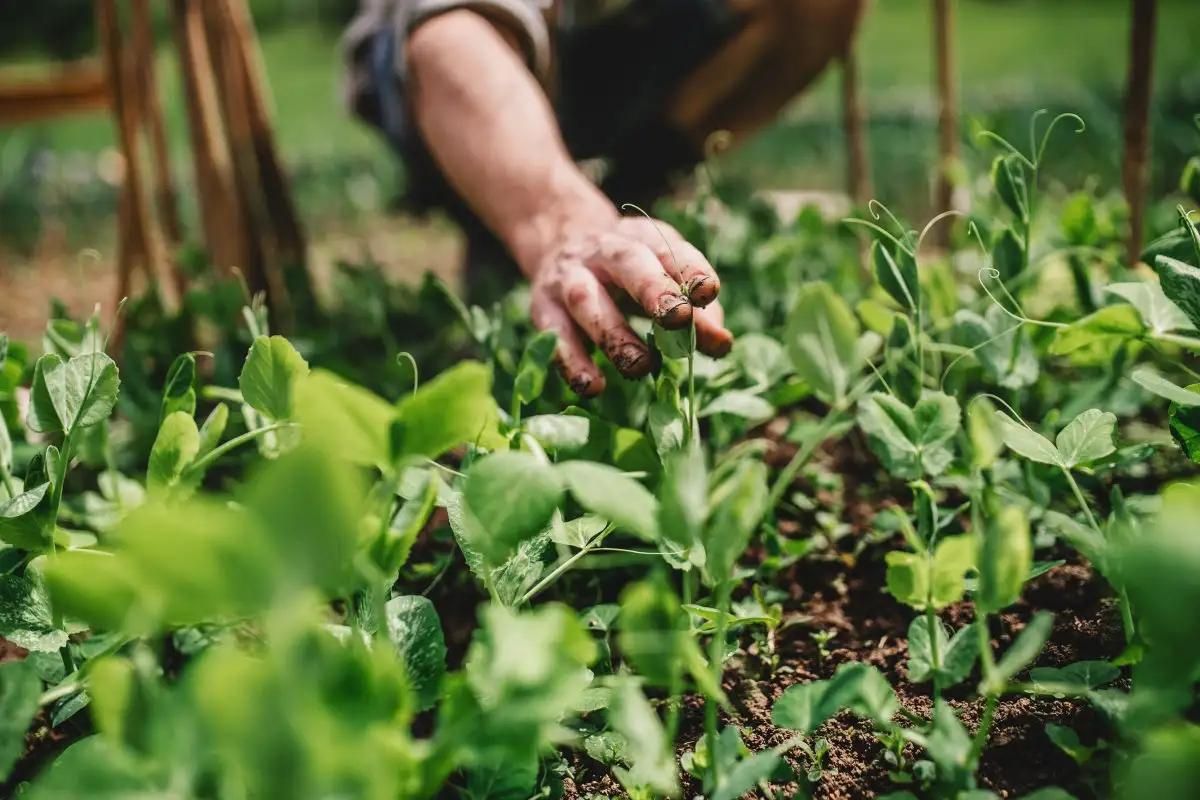
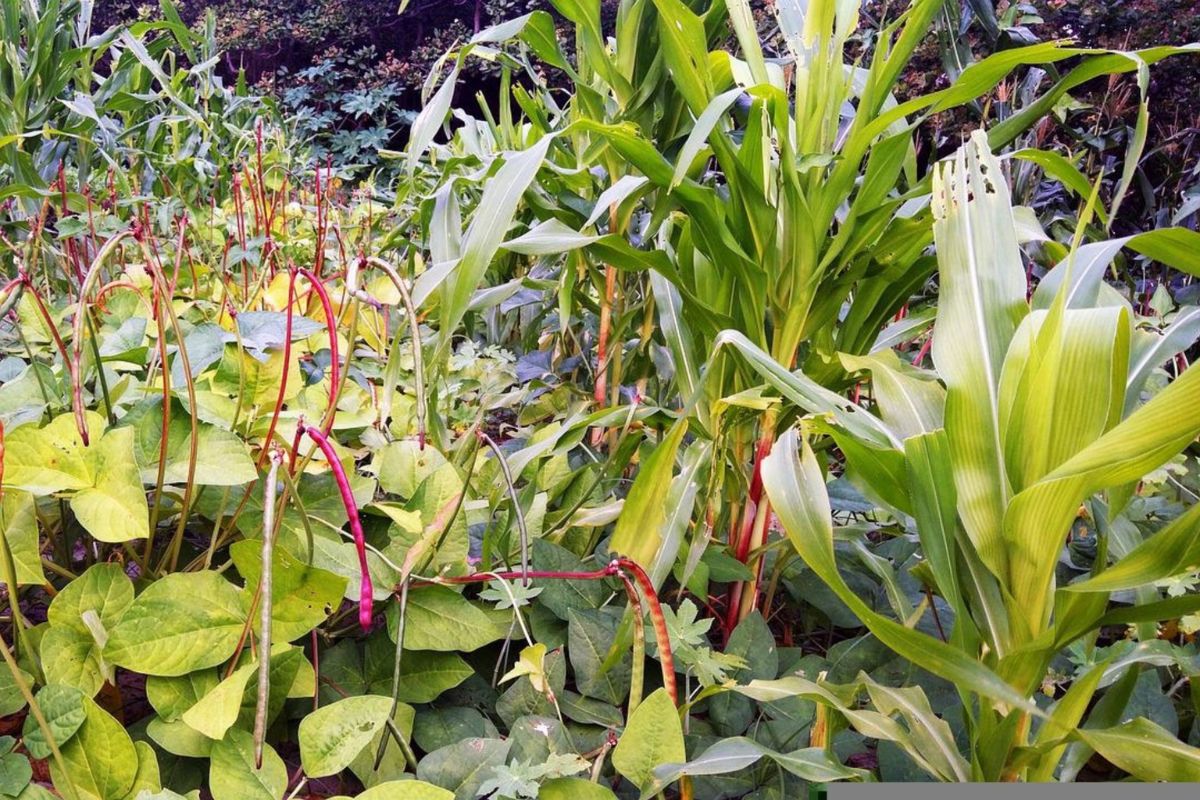
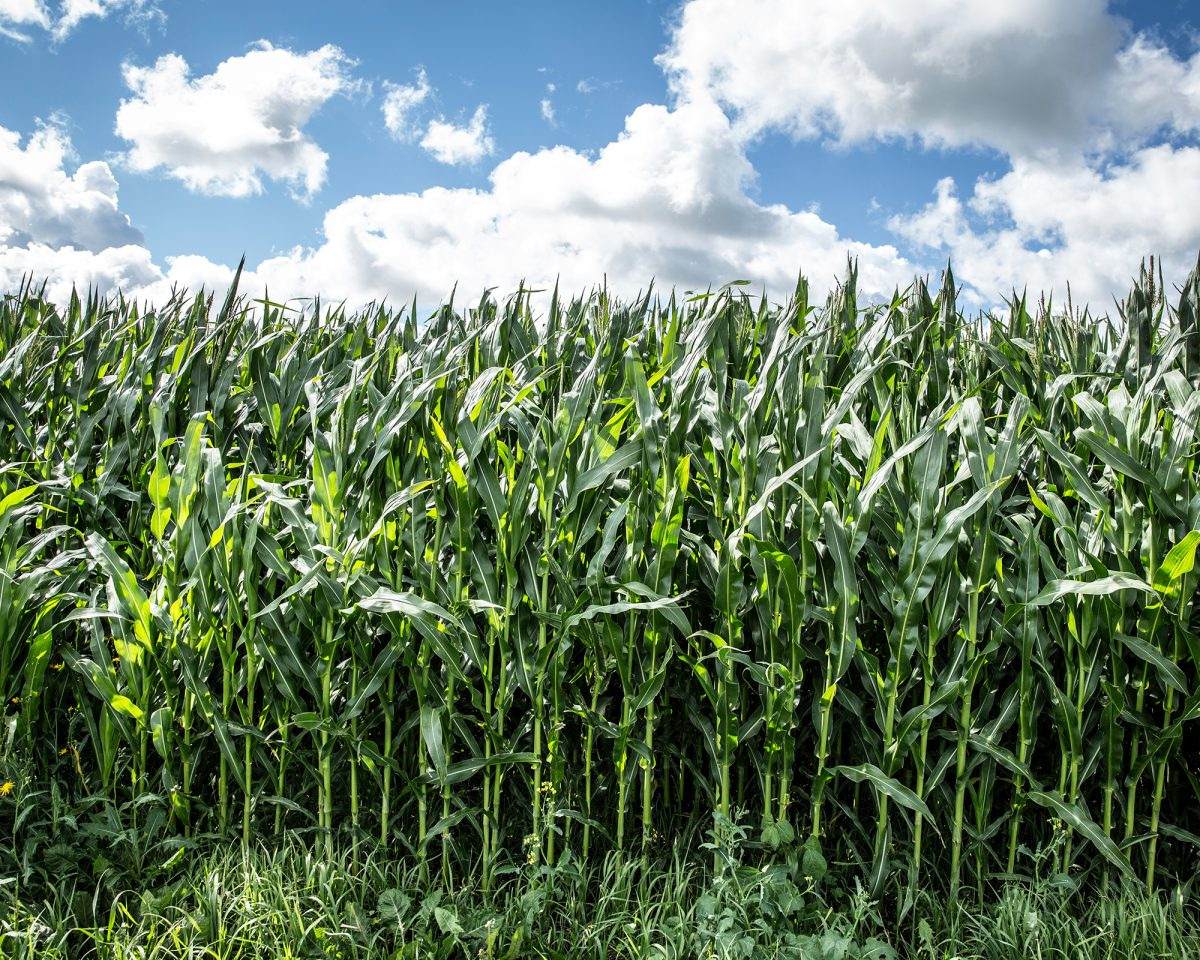
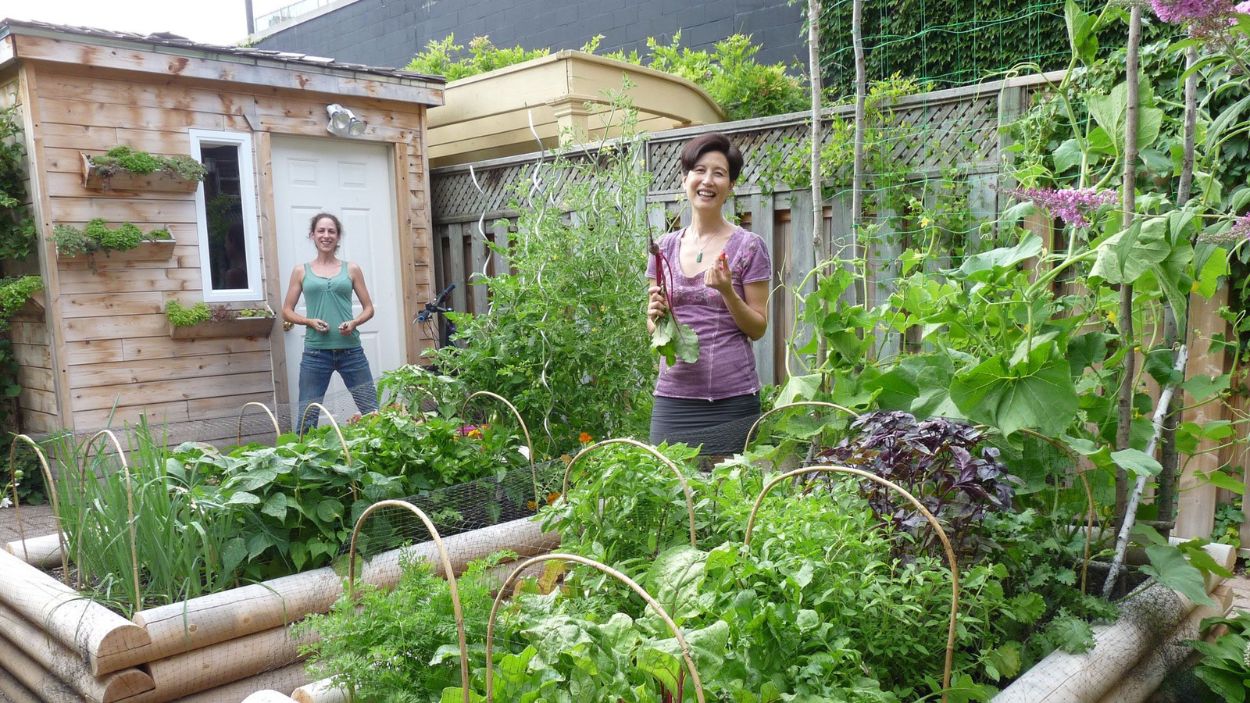
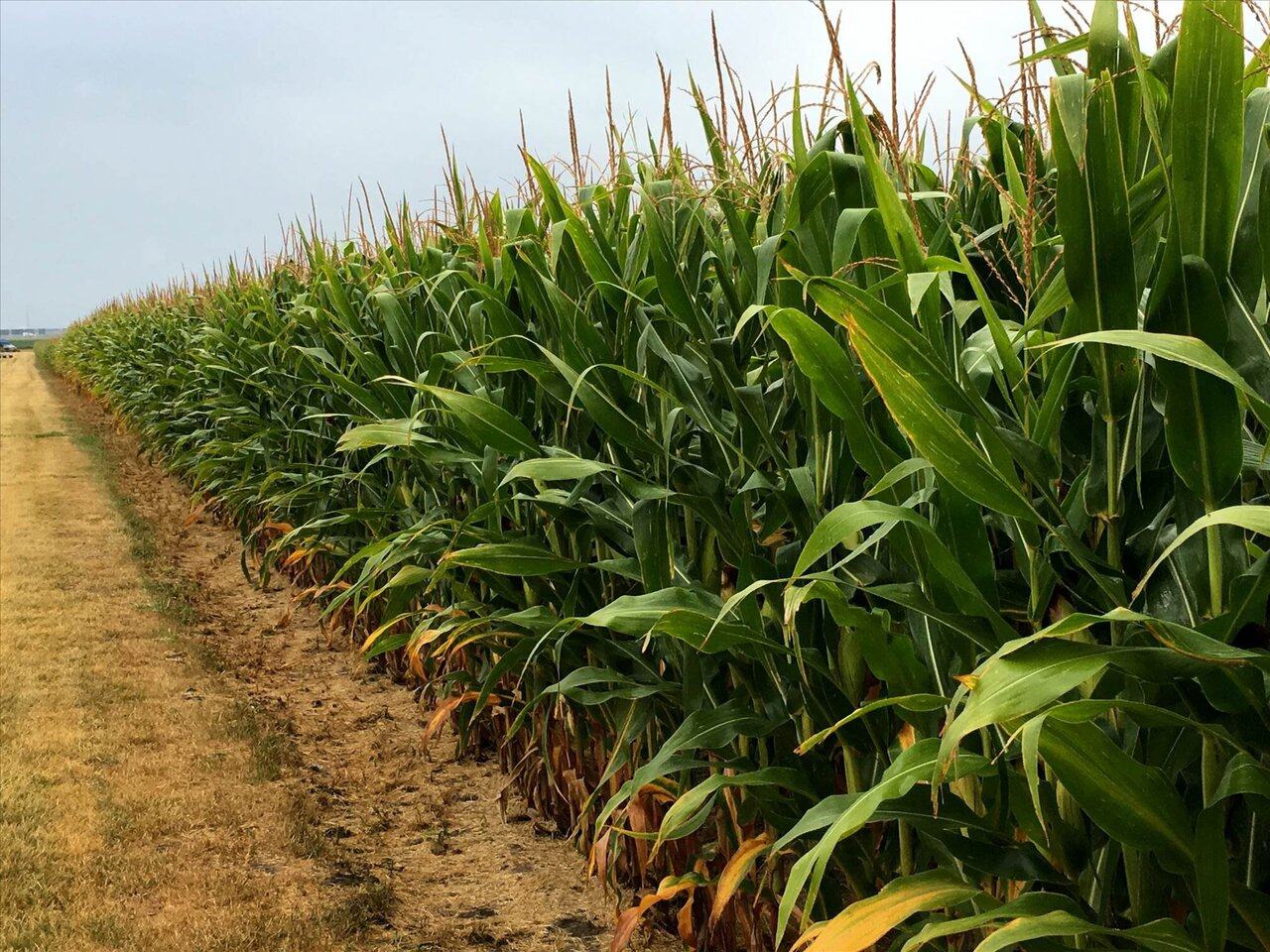
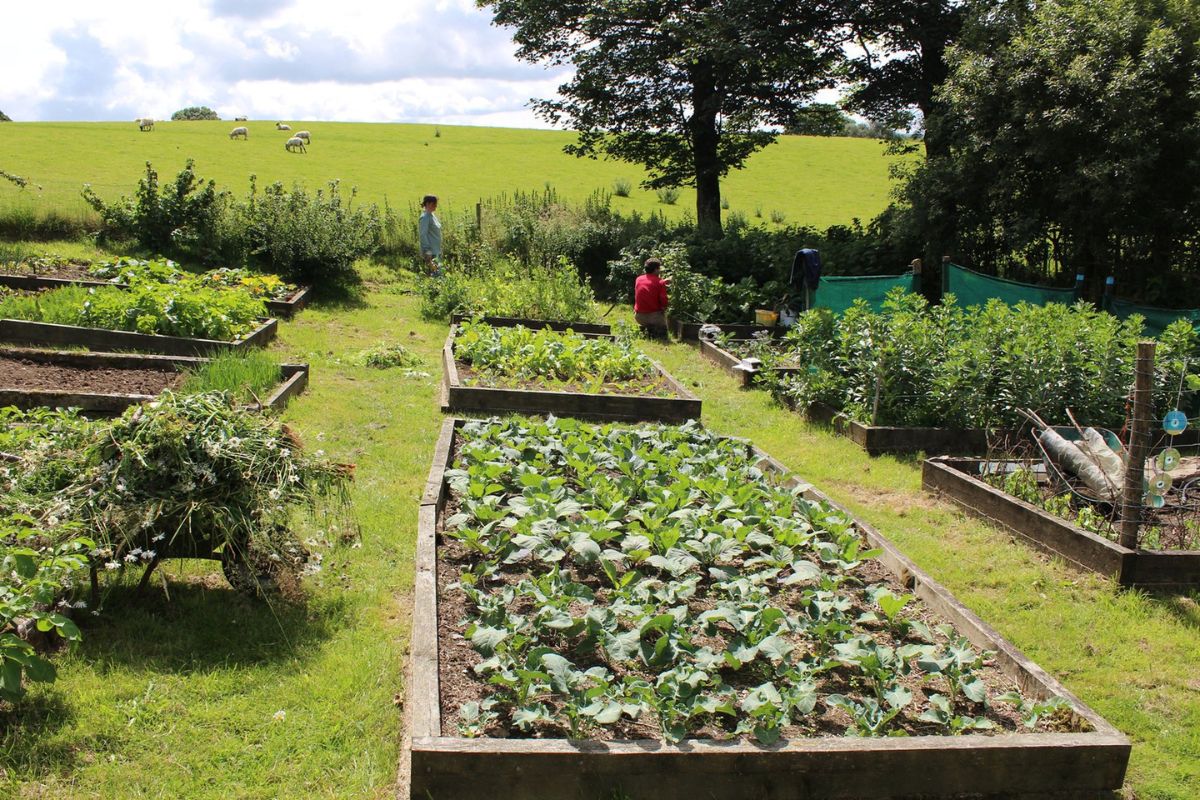
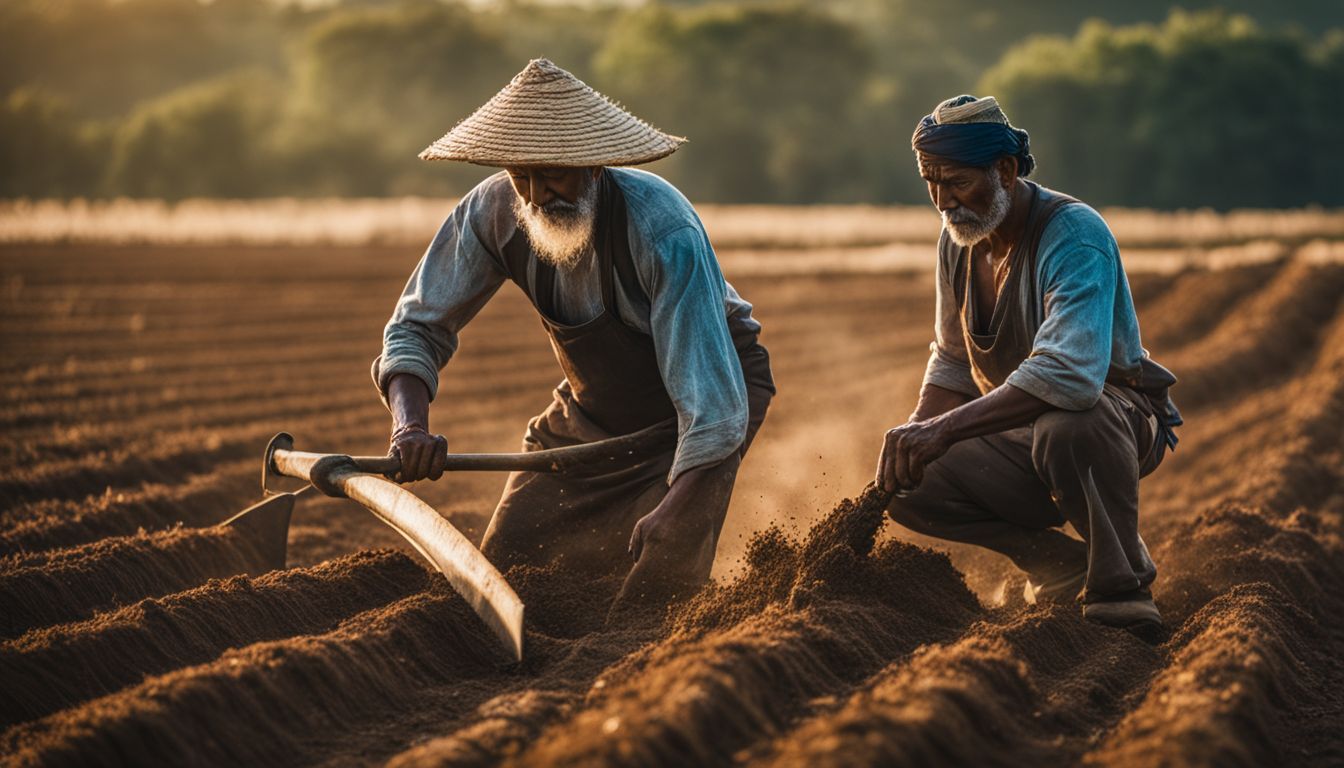
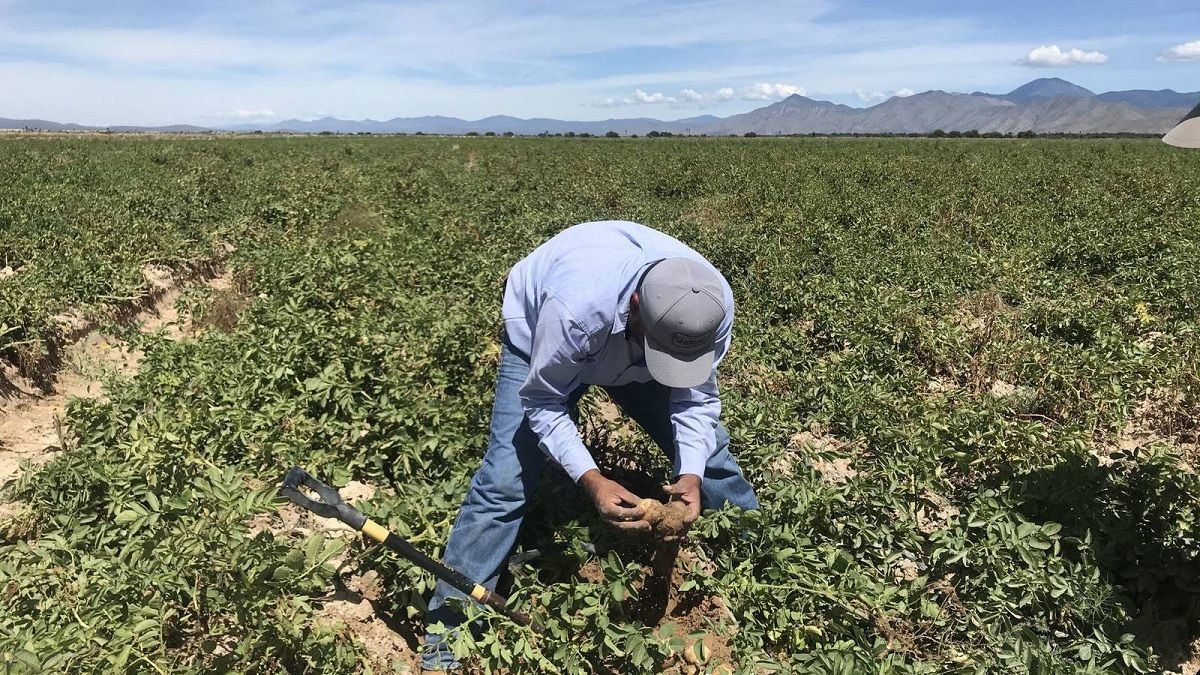
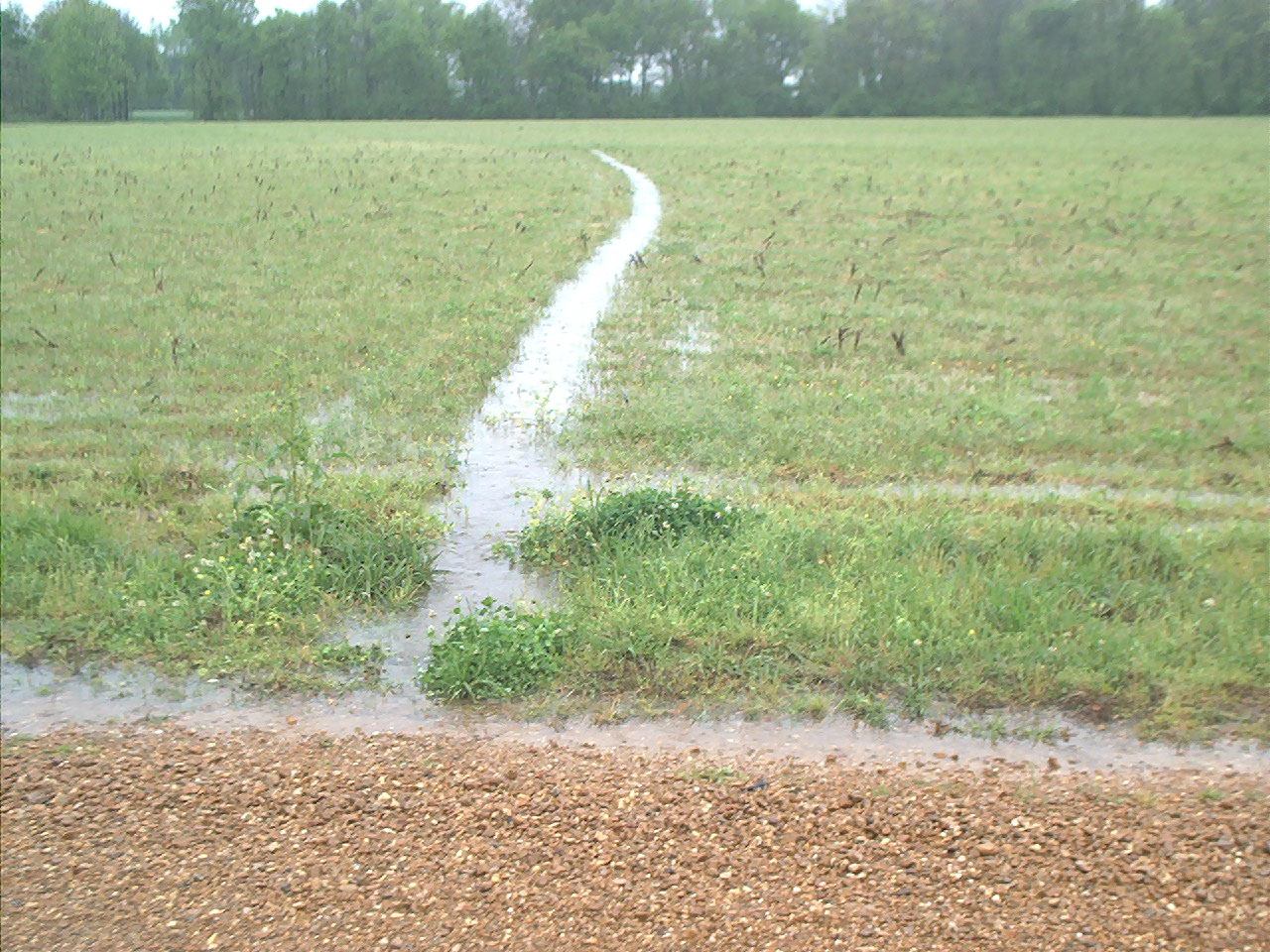

0 thoughts on “What Were Some Of The Effects Of Enclosure And Crop Rotation?”